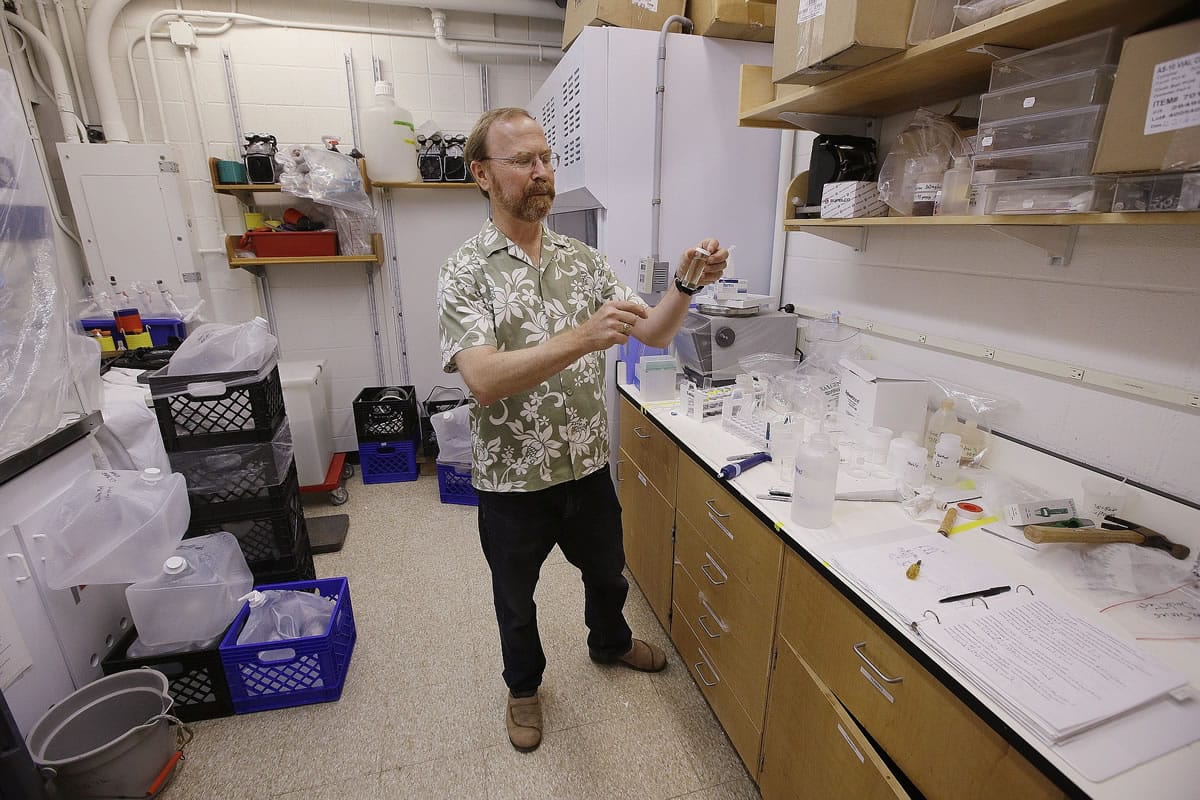NEW YORK — In over three decades of studying ferns, Duke University professor Kathleen Pryer has received her share of grant money. But for her newest project, she’s getting help from a retired nurse in Canada and a 17-year-old in Arkansas.
It’s her first foray into the modern-day world of crowdfunding, the practice of using the Internet to raise relatively small amounts of money from a lot of people to finance a project. It’s quite a departure from the normal sources of funding for scientific research, chiefly industry, government and philanthropies.
Outside of science, it’s been successful for projects like developing video games and other consumer products, publishing books and making films and other entertainment programs. A campaign to finance a movie sequel to the cult television show “Veronica Mars” pulled in $2 million in less than a day, eventually gathering more than $5.7 million in 30 days.
But “science has yet to gain ‘Veronica Mars’ status,” notes Jeanne Garbarino, director of science outreach at Rockefeller University in New York, who has used crowdfunding and informally advised others. Instead, scientific projects tend to be far more modest, generally raising just thousands or tens of thousands of dollars.
Azolla captures and processes nitrogen from the air with the help of bacteria that live on it, and further study may let scientists engineer that trick into crop plants, reducing the need for fertilizer, she says. Azolla also sucks heat-trapping carbon dioxide out of the atmosphere, making it potentially useful for fighting global warming, according to Pryer.
She turned to crowdfunding after being “turned down flat” by the National Science Foundation, and rejected by other traditional sources of funds.
But her project caught the eye of Andrew Willoughby, 17, of Little Rock, Ark., when he learned about it on Twitter. With his interest in botany, he thought any steps toward engineering crops that get and process their own nitrogen would be “a great idea.” He pitched in $15.
Similarly, retired nurse Ingrid Kern of Toronto was impressed by the project when she read a commentary by Pryer in her local newspaper. She tracked down Pryer’s page on experiment.com and donated $100, her first contribution to a crowdfunding campaign.
Sometime this year, Buesseler says, radioactive material from Japan’s damaged Fukushima nuclear reactor is expected to arrive in the ocean off the West Coast. He doesn’t believe it will be a health hazard. But some of the public’s legitimate concerns are mixing with alarmist statements, he said, and so he wanted to sample coastal water over the next few years to provide hard data to the public.
With no government money available for that, he launched a website for suggesting sites for sampling by volunteers and donating money for testing.
Since January, the project has raised over $55,000 from more than 350 donations. None of the samples analyzed so far from 30 sites has shown any sign of Fukushima radiation.



